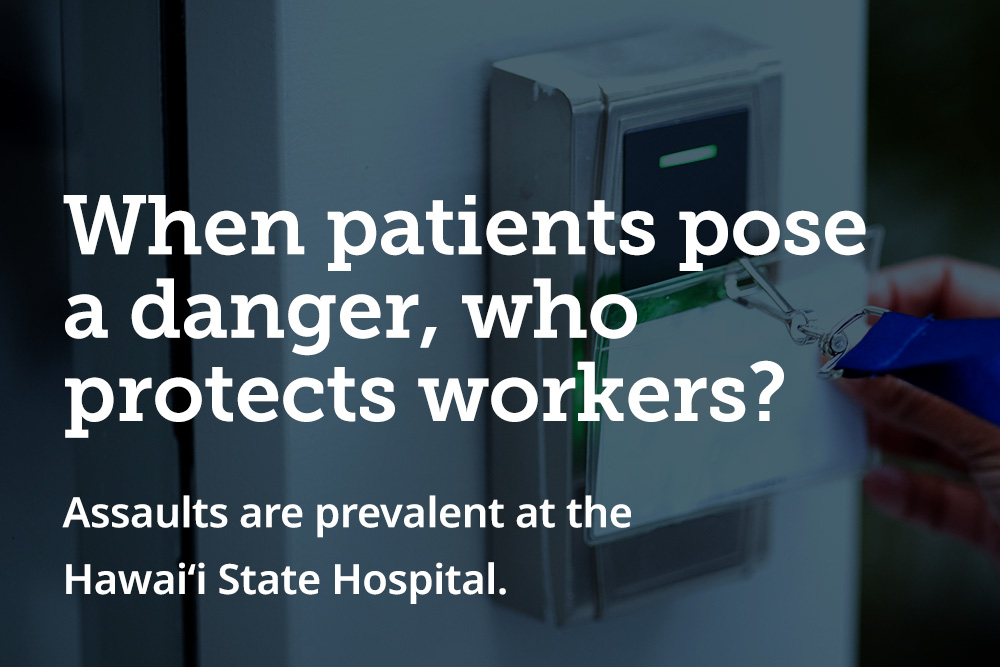Johnson & Johnson demonstrates lack of transparency and consistency in its communication with the public.
One question in one memo has become a proverbial Pandora’s box for Johnson & Johnson. The memorandum in question addressed the issue of if their baby powder contained even the smallest amount of asbestos, how much asbestos would a baby inhale when dusted with the powder? But perhaps it was the answer that even today is much more troubling: the baby’s exposure to the deadly substance would be below the legal limit for that of an asbestos miner.
This memo, along with other company communications, raises the question of whether Johnson & Johnson’s products were contaminated by asbestos, and after using the products containing talc powders, whether consumers were unknowingly inhaling enough asbestos fibers to lead to mesothelioma. After all, why would Johnson & Johnson executives ponder such questions if they were not absolutely sure of the fact that their baby powder did not contain the carcinogen?
Internal vs. External Communication
Although the company has gone out of its way to assure the public of the safety of its products, documents highlight a lack of transparency along with potential cover-ups. The problem began in the 1970s when researchers at both New York University and Mount Sinai Hospital both reported finding asbestos in several talc-based powders and cosmetics. These are not only products that are used on one’s person, but they are also products that parents sometimes use on their children.
At the time, Johnson & Johnson put out a press release assuring the public that “there is no asbestos contained in the powder manufactured by Johnson & Johnson.” This was in stark contrast to internal company memos stating an upgrade was needed in terms of quality control on talc baby powder as it relates to potential asbestos content and that there may be “sub-trace quantities” of minerals that “might be classified as asbestos fiber.” Additional records indicated Johnson & Johnson conducted experiments with the purpose of determining methods to eliminate asbestos from talc ores.
The Fight for Industry Regulation
The U. S. Food and Drug Administration (FDA) has a limited level of authority over cosmetics. Along with other industry companies, Johnson & Johnson was able to evade public concern and calls for FDA regulation by creating a testing procedure that would confirm that the talc was free of asbestos. After a meeting with the FDA in January 1974, a Johnson & Johnson executive wrote, “Our very preliminary calculation indicates that substantial asbestos can be allowed safely in a baby powder.”
At the time, multiple officials disagreed with the calculation calling it “ludicrous” and noting that no mother would purposely use a product on her baby that she knew to contain a carcinogen. Continuing to operate in a culture of secrecy, a Johnson & Johnson executive again recommended industry testing rather than testing by the FDA.
Today, experts in the area still agree that there is no safe level of asbestos exposure. And because only a small number of talcum products have been tested, according to the FDA, the results “do not prove that most or all talc or talc-containing cosmetic products currently marketed in the United State are likely to be free of asbestos contamination.”
What is Mesothelioma?
The whole point of all this talk about talc contamination is because of the potential for consumers to develop mesothelioma, a cancer in which malignant cancer cells are found in the sac that lines the chest, abdominal cavity, or heart. Roughly 3,200 U.S. residents are diagnosed with this aggressive form of cancer per year. Asbestos exposure is the only known cause. Although the majority of mesothelioma sufferers have workplace exposure, others have only limited contact with possible ongoing exposure through talc-based products.






